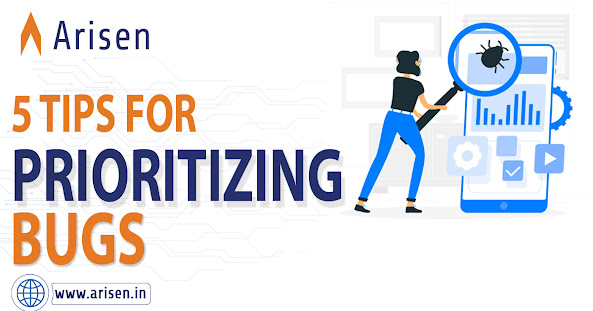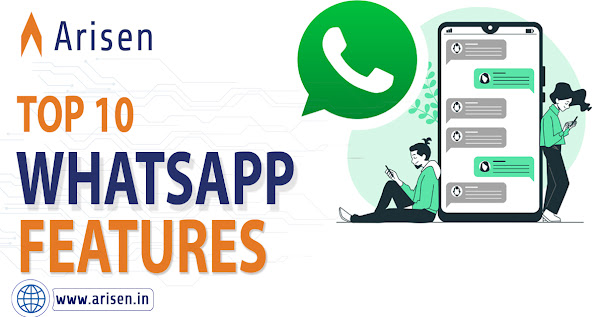What is a Bug?
What is a bug? A bug in computer technology is a programming mistake in a computer program. (We consider the microcode built into a microprocessor to be part of the program.) Debugging is the process of identifying issues before users do. Debugging begins as soon as the code is written and continues over the course of the creation of a software product, such as an operating system or an application, as the code is combined with other programming units.
Problems are frequently found after a product is made available for purchase or during open beta testing. Users must either figure out a means to avoid using the flawed code in this situation or request a patch from the software developers.
One type of issue that a program could have is a bug. Even if a program is bug-free, it may nevertheless be challenging to use or fail to accomplish a key goal. Testing for this kind of problem is more challenging. There are fewer defects per thousands of lines of code in a well-designed program that was created through a well-monitored process. Usability testing should therefore be a part of all testing.
How to Prioritize Bugs?

You might be surprised to learn that we don’t put excellent software into production. Our mobile app occasionally freezes, certain data types don’t transfer, and the navigation flows can be complicated.
Before they are released, we detect and repair a lot of faults, including the majority of regressions, but there is still a sizable backlog of issues that need to be resolved.
As the test lead for our main product, I breathe these defects and live in the backlog. We typically address 20 problems in a release that is unrelated to new work. I had to learn how to prioritize problems and pick the “correct” ones for releases out of a backlog of roughly 200 bugs.
Here are listed 5 tips for prioritizing Bugs
1. Have Rules
I oversee a weekly bug triage meeting for my product with the product owner and developer lead. Starting with the ones that have the highest priority, we examine the reported bugs. We assess the bugs, talk about the user experience, and alter the severity, likelihood, and priority as necessary.
We have rules for severity and likelihood, which provide us a starting point for a priority through a matrix we built, rather than relying solely on gut instinct. The priority may alter depending on business requirements, but it’s still helpful to know when the matrix’s assessment differs from that of the tester who discovered the fault.
We all have our favorite bugs, and we all consider any negative experiences to be of the utmost importance. Having guidelines to refer to puts everything into perspective.
2. Make it a Group Effort
It can be draining to attend the bug triage meeting. The triage did not begin with the project’s inception, and I still have problems from 2018 that have not been dealt with. Despite how well I know these bugs, I don’t triage them by myself. It must be a group effort because it is a group effort.
Each of us has unique experiences and viewpoints. Together, we can more thoughtfully consider the defects and add clarity to previously hazy issues. Honestly, it feels better to close bugs as “won’t fix” after we reach an agreement.
Feedback is another location where I’m not alone. Our user assistance staff members are seated just across from me as we test our program. By making direct eye contact with me and the way they hold their phone, I can tell when someone enters the room if they have a bug to show me. Thankfully, the majority of people merely want to be helpful because they are proud of how creative they are at spotting bugs.
3. Determine the Urgency
Hotfixes are frequently used to address issues that need to be fixed straight quickly. A problem may become critical due to crises like a sharp increase in customer support requests or a rapid drop in an app store rating. That is urgent when a business is at stake. Less urgent but more significant is when something comes from our board of directors.
Bugs that can wait until a planned release are considered urgent; but, if they can wait until a release that comes after that, they may not be as important as originally thought.
4. Evaluate the Importance
It is significant if something has to do with the long-term objectives of the business or the product. They frequently appear as features. My team takes into account if a defect affects the “serenity” of a user’s experience as well since the company’s long-term objective is to promote tranquility. As a result, serenity defects are frequently fixed before other bug kinds.
Because it is really about knowing what drives the firm and what the organization wants to be in the future, this advice may fall under the first suggestion, “Have rules.” For each organization, what’s vital will seem different.
If not addressed, the progressive loss of a less-used feature may be significant until it becomes critical. Significant defects must be fixed in order to prevent them from eventually becoming urgent issues.
5. Let Go (a Little)
My “QA-list” label is one that I reserve in Jira. Only I have the authority to add or remove it from a bug. After triage, appraisal, and discussion, these are the problems that I prefer to have fixed over other bugs. Instead of urgent bugs, they are frequently significant bugs.
We use my list while looking for bugs to solve in a release. And when a developer has some spare time, they are aware that they can choose from my list. In order to make the list simple and attainable, I try to limit the number of problems to 20 that are not intended for release. I establish my limits and then relinquish control within them.




















